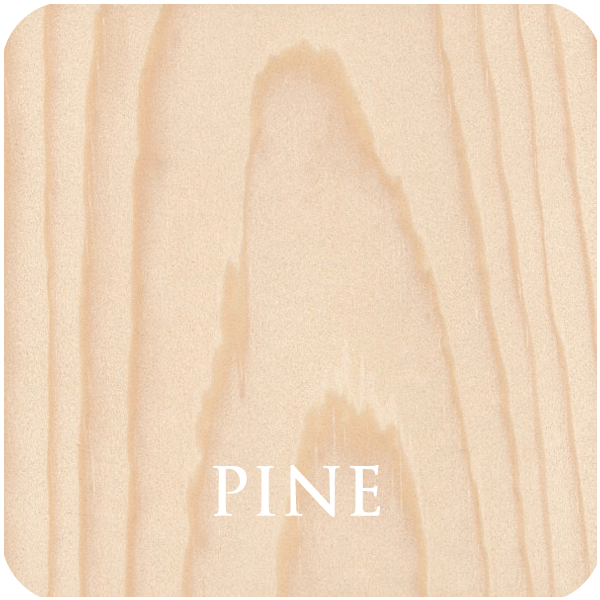When it comes to building drawers, woodworkers who are working with pricey, appealing hardwoods are frequently unsure about what to employ. Or, to be more precise, the drawer boxes. Should the drawers’ internal sides, backs, and bottoms be made of the same wood as the drawers’ faces and the rest of the cabinet? After all, when the drawer is opened, the drawer sides will have a uniform appearance, precisely matching the drawer face. The benefits of creating drawers this manner, however, may be overshadowed by the advantages of utilizing other wood.
Think about the price.
Cherry and fine maple are pricey hardwoods. The extra expense of building solid-cherry drawers may add up to hundreds of dollars on a large project like a full-wall entertainment cabinet. Unless you like to leave the drawers open for whatever reason, using a less expensive but equally good wood won’t change the aesthetic of the finished item.
Take into account compatibility.
Plywood bottoms are common in drawer boxes, especially those constructed by hand. This is due to plywood’s flatness, strength, and dimensional stability (it expands and contracts much less than solid wood). Cutting a single piece of plywood to fit a drawer box is also considerably easier than gluing up a lot of hardwood planks. Most drawers are 1/4 inch thick plywood, although larger drawers might be 1/2 inch thick. These materials are available in a variety of hardwoods, allowing you to match one or both of the exterior veneers to your drawer boxes and/or fronts. However, veneer plywood is not available in all wood species. If you can’t find plywood that matches or compliments your drawer box material, you’ll have to make the bottoms out of stock. That is an extremely time-consuming task.
What’s the Point of Being Matchy-Matchy?
Using a contrasting wood for the drawer sides isn’t a bad idea. In fact, this could be a stylistic plus. Combining a dark hardwood front with a lighter-colored wood like poplar for the drawer box, for example, may really bring the joinery and craftsmanship to life. Half-blind dovetails, for example, look great with contrasting wood hues.
With Poplar, You Can’t Go Wrong.
Poplar is an excellent choice for drawer box construction in general. It is more stable, durable, and affordable than other hardwoods. Poplar heartwood varies in color from creamy white to yellowish tan to brown. It has a straight, homogeneous grain and is very easy to work with. Poplar’s overall appearance works well with birch plywood, which is a great choice for drawer bottoms.
Bottoms of Drawer Boxes are made of wood.
If you’re going to use plywood for the drawer bottoms, true hardwood plywood, which is constructed entirely of thin plies of actual hardwood, will give you the best results. Even though the exterior veneers are hardwood, traditional plywood has softwood inner plies. In general, panels with more, thinner plies are stronger and flatter. Baltic birch plywood, a real hardwood plywood available in 60 by 60-inch sheets and various cut sizes, is the best choice for birch plywood.







